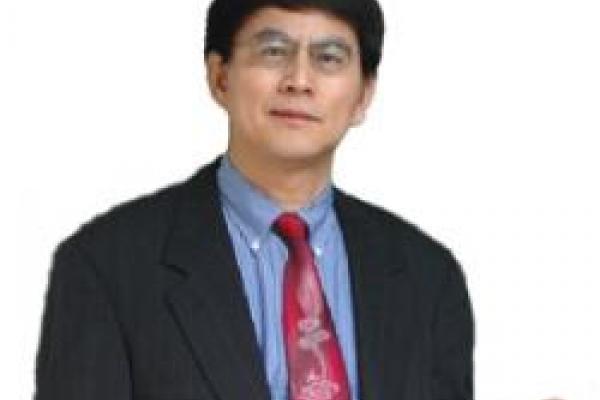
First-principles modeling and simulation are a bridge between theory and experiment. This is especially true in pursue of two-dimensional (2D) materials with normal physical properties. In this talk, I will discuss how to advance the current knowledge of topological insulators for practical applications, in particular, how to design topological edge states with large bulk band gap [1,2] and what silent physics a realistic topological insulator and normal insulator interface may offer. Next, to engage our discussion, I will present some calculated 2D systems and bulk assembly of the 2D systems. My examples include transition metal honeycomb [3], magnetically enhanced electron-phonon coupling [4], and carbon Kagome lattice from graphene, utilizing orbital frustration for better optoelectronic properties [5]. Both fundamental theories and experiments are called upon to deepen our understanding of the simulated results and to experimentally test the validity of the proposed systems.
[1] Y. Li, et al., Phys. Rev. Lett. 109, 206802 (2012).
[2] Y. Li, et al., Phys. Rev. B 87, 245127 (2013).
[3] L. Li, Yet al., Nano Letters 13, 4671 (2013).
[4] S.-Y. Xie, et al., Phys. Rev. B 90, 035447 (2014).
[5] Y. Chen, et al., Phys. Rev. Lett. 113, 085501 (2014) (Editor’s Suggestion).
